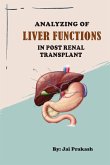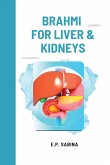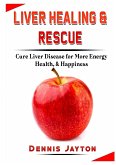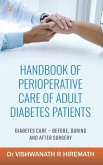Liver Transplantation (LT) is the only treatment for patients with End Stage Liver disease(ESLD). Malnutrition is widely prevalent in ESLD patients and is associated with poorsurgery outcome. The present study is aimed at assessing pre and post nutritional status ofpatients undergoing LT in Delhi. From 3 multispecialty hospitals undertaking LT in Delhiand NCR, 54 LT recipients were recruited as study sample. The data on general, medical,dietary history was gathered using quantitative and qualitative methods. Standardizedtechniques for assessing disease prognosis, nutrition status, dietary intake, appetite, bodycomposition, Quality of Life (QoL), Performance Status (PS) were used. The data wasanalyzed using SPSS (version-17) and Dietcal software© 2014 (Version 5.0).Majority of the patients were males, Indians, in age range of 46-53 years. 27.8% and 22.2%of the patients were having Hepatitis C Virus related Chronic Liver Disease and ethanolrelated Chronic Liver Disease respectively. 61.1% of the patients were having Child TurcottePugh (CTP) Grade C and 51.9% of the patients with Model for End stage Liver Disease(MELD) score of 19-24 depicting higher disease severity and urgency of transplantation. Thediet history of the patients showed majority of the patients were having no food allergy,average appetite, with Simplified Nutritional Appetite Questionnaire score (SNAQ) >14.68.5% of the patients were having fluid restrictions, 31.5% of the patients were alcoholicsaccording to CAGE questionnaire. QoL assessment by Short Form-36 questionnaire showedsignificantly lower scores in LT recipients than the age and sex matched control group. TheQoL scores did not show any significant association with CTP and MELD scores. The PSassessment showed 51.2% of the patients were ambulatory and capable of all self-care butunable to carry out any work activities and 14% of the patients were completely disabled.Nutrition status assessment in patients undergoing LT is difficult, because of the symptomslike ascites and hypo-albuminemia which affects the traditional markers of nutrition. Thenutrition status assessment by various tools like Anthropometry, Biochemical Parameter(Albumin), Subjective Global Assessment (SGA), Hand Grip Strength (HG) and bodycomposition analysis by BIA (Phase Angle) showed varied prevalence of malnutrition. 88.9%of the patients were malnourished according to SGA and albumin, 100% of patients weremalnourished by HG and 75% of the patients were depicted malnourished by phase angle.The present study showed that SGA has moderate agreement with body's phase angle andwas also associated with various clinical, prognostic, therapeutic and nutritional variables ofLT. Pre-LT malnutrition was significantly related to higher disease severity, tense ascites,3








